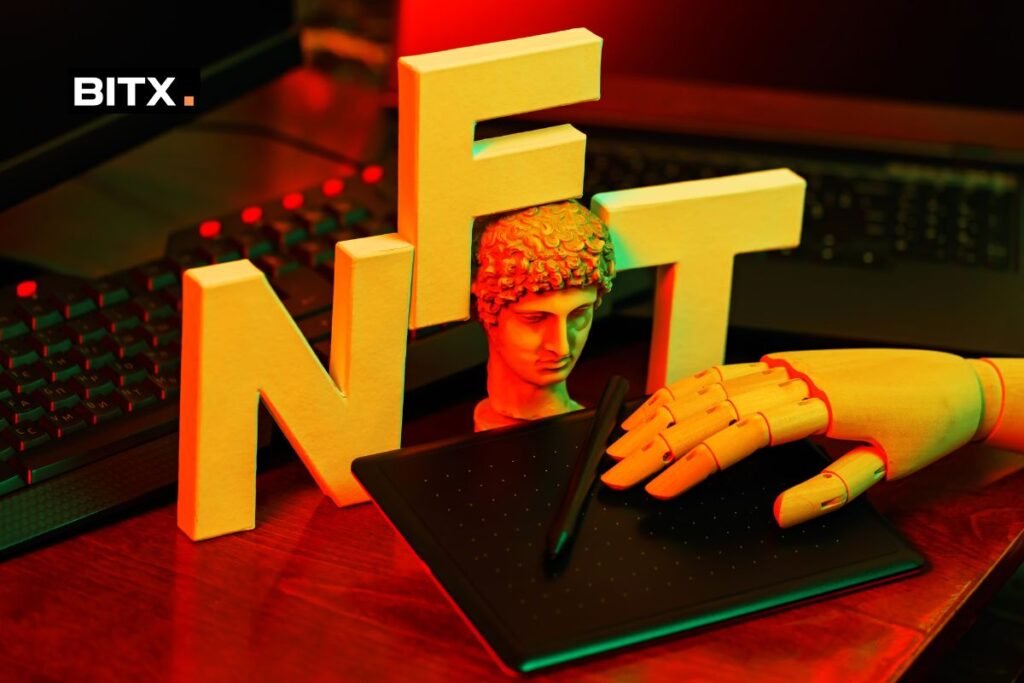Introduction
In the rapidly evolving world of digital assets, two terms – NFTs (Non-Fungible Tokens) and Cryptocurrencies – have been gaining significant attention. While both are deeply rooted in blockchain technology, they serve distinct purposes and offer unique value propositions. This comprehensive guide aims to elucidate the differences between NFTs and cryptocurrencies to help readers navigate this exciting new landscape.
What is Cryptocurrency?
Cryptocurrencies: A Brief Overview
Cryptocurrencies are digital or virtual currencies that use cryptography for secure financial transactions. The most well-known cryptocurrency is Bitcoin, with many others vying for a share of the market, such as Ethereum, Ripple, Litecoin, and Dogecoin.
Key Features of Cryptocurrencies
- Decentralization: Cryptocurrencies exist outside the control of central authorities, thus offering users greater financial freedom and privacy.
- Anonymity: Transactions are pseudonymous, meaning that while they are traceable, users can maintain their identities confidential.
- Security: Utilizing cryptography, every transaction is secure and verified on the blockchain network, providing immutability and trust.
- Limited Supply: Many cryptocurrencies have a predetermined total supply, which leads to scarcity and potential for value appreciation.
What are NFTs?
NFTs: Defining the Concept
Non-Fungible Tokens (NFTs) are unique digital assets stored on a blockchain network. Unlike cryptocurrencies, which are fungible and interchangeable like traditional fiat money, NFTs are non-interchangeable and irreplaceable. Each NFT carries unique encoded metadata, making each token distinct from the other.
Key Features of NFTs
- Unique Ownership: NFTs offer proof of unique ownership, enabling creators, artists, and collectors to authenticate and monetize digital assets.
- Scarce Digital Items: NFTs can represent ownership of scarce digital items, such as art, music, videos, in-game assets, and even virtual real estate.
- Verifiable Provenance: NFTs provide a transparent and immutable history of ownership, allowing for easy verification of authenticity and ownership rights.
- Complex and Diverse Usage: The flexibility of NFTs lends itself to various use cases beyond digital artwork, such as licensing, ticketing, and domain name ownership.
Key Differences Between NFTs and Cryptocurrency
-
Fungibility: Cryptocurrencies are fungible, meaning that one bitcoin is equal to another bitcoin. In contrast, NFTs are unique and non-interchangeable, with each token possessing distinct characteristics and value.
-
Use Cases: While cryptocurrencies are primarily used as a medium of exchange and for investments, NFTs represent ownership of unique digital items or assets.
-
Value: The value of cryptocurrencies is often determined by market demand and is influenced by factors such as supply, adoption, and regulatory environment. NFTs, on the other hand, derive their value from the intrinsic worth of the digital item represented by the token.
- Adoption: Cryptocurrencies have been steadily gaining mainstream acceptance, with merchants adopting Bitcoin and other digital currencies as a form of payment. NFTs, while seeing growth in popularity, are currently more popular in niche markets like digital art and collectibles.
Conclusion
In conclusion, understanding the differences between NFTs and cryptocurrencies is essential for navigating this burgeoning digital landscape. While both are built on the foundation of blockchain technology, they offer fundamentally distinct advantages and are poised to reshape the world of digital assets and finance. As the market matures, it will be compelling to watch how NFTs and cryptocurrencies continue to evolve and intersect, with potentially profound implications for the digital economy.
